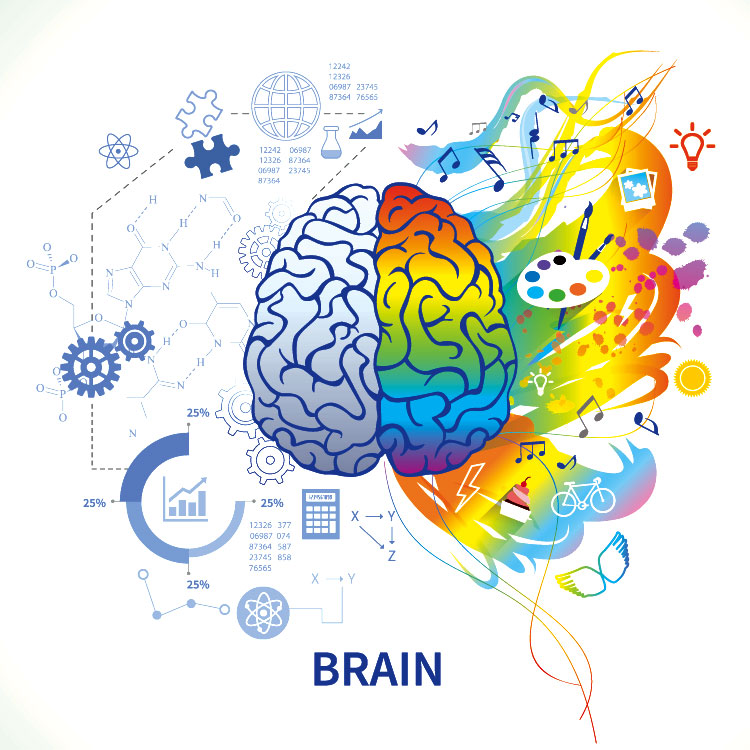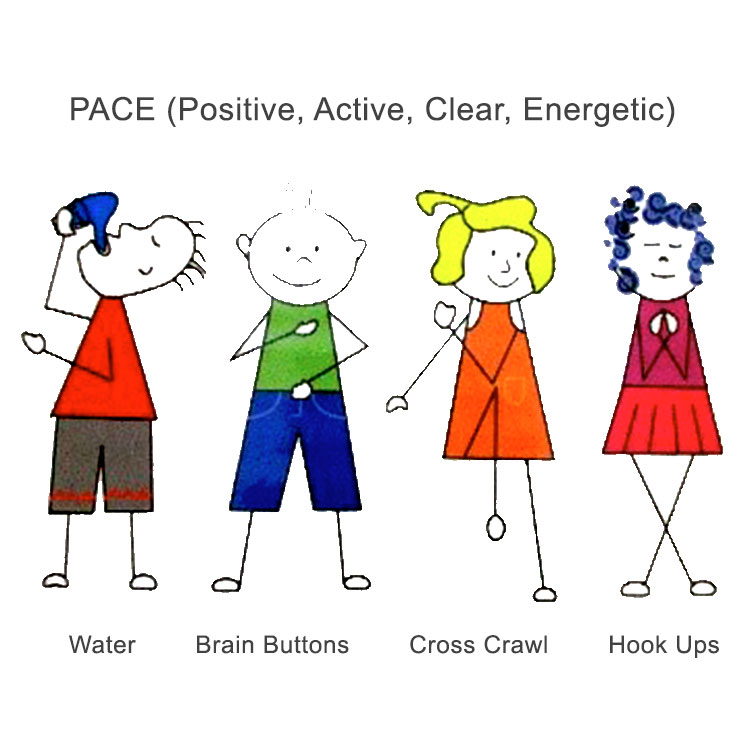Brain Gym is the use of physical movements to access the different parts of the brain and stimulate the nervous system enhancing learning, growth and development in both children and adults. There are 26 basic movements included in the Brain Gym menu that cover Midline movements, energy exercises, deepening attitudes and lengthening activities. All these movements are easy, quick, can be performed anywhere and bring about lasting changes.
Research shows that completing Brain Gym exercises regularly can improve
- Attention and focus
- Communication
- Writing and reading
- Memory and concentration
- Organisational skills
- Creativity
- Vision and hearing
- Coordination and mobility
- Sleeping
- Energy levels, motivation
- Self esteem and confidence

At Maryland Care & Early Education Centre we start our morning off with PACE (Positive, Active, Clear, Energetic)
Step 1 WATER (Energetic)
It is important to drink lots of water and continue this throughout your day as it is essential for brain function and improves energy levels and concentration. Our children are encouraged to sip water until their body feels hydrated and return to their water bottles regularly throughout the day.
Step 2 BRAIN BUTTONS (Clear)
‘Turning on’ your brain buttons which are located just above your collar bones increases blood flow to your brain and stimulates clear thinking. Children switch themselves on, ready to learn for the day by covering their belly button with one hand and wiggling their brain buttons with the other while taking 3 deep breaths in and out, then swap hands.
Step 3 CROSS CRAWL (Active)
Encourages communication between the left and right side of the brain and body, requiring the children to cross their midline and develop balance and coordination. Cross crawl can be performed in a variety of ways. Ask your child to show you how or speak to an educator for some ideas.
Step 4 HOOK UPS (Positive)
Used to calm the body and control your breathing. It activates the front part of your brain and helps to restore balance and increase focus and concentration. Part 1) Requires you to cross your ankles and your wrists, holding for a minute while you focus on breathing slowly in, tongue touching the roof of your mouth and breathing out, relaxing your tongue. Part 2) Touch your fingertips together in front of your chest and continue slow breathing for another minute

If you have any questions or would like further information on Brain Gym exercises or the activities we program to support the children’s development at Maryland Care & Early Education Centre then please get in touch with Leanne and remember when you open up the pathways to the brain the opportunities for learning and development are endless.
Reference
- Dennison, P.E & Dennison G.E “Brain Gym 101: Balance for daily life” 2007
- switchedon4life.net.au






